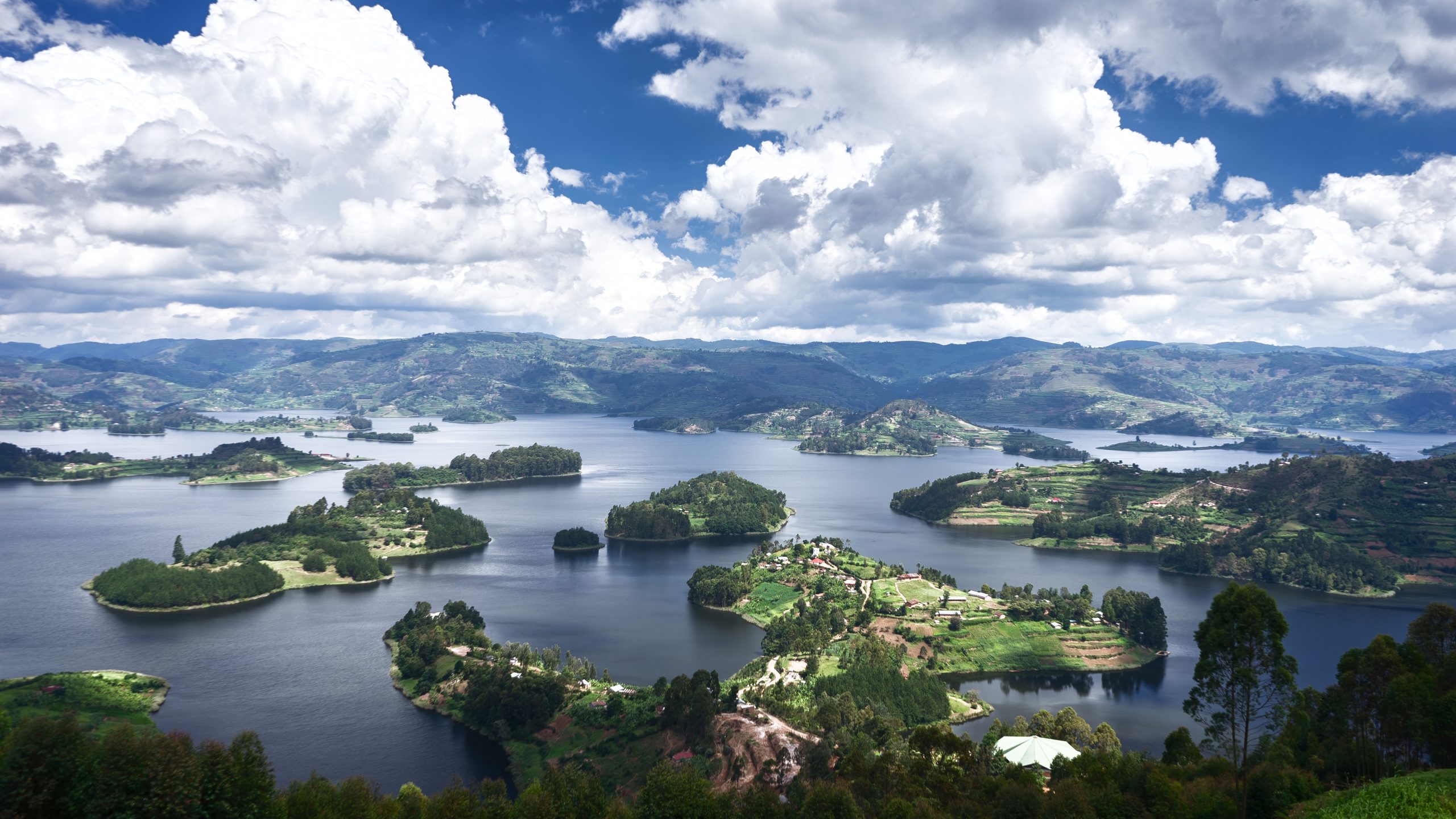The Pearl of Africa is blessed with an undeniable natural beauty. In the west, the Rwenzori peaks reach towards the sky, the perfect challenge for bold explorers – Across the nation, parks are home to some of the world’s most exotic animals: Silverbacks, lions and countless others, ooh…

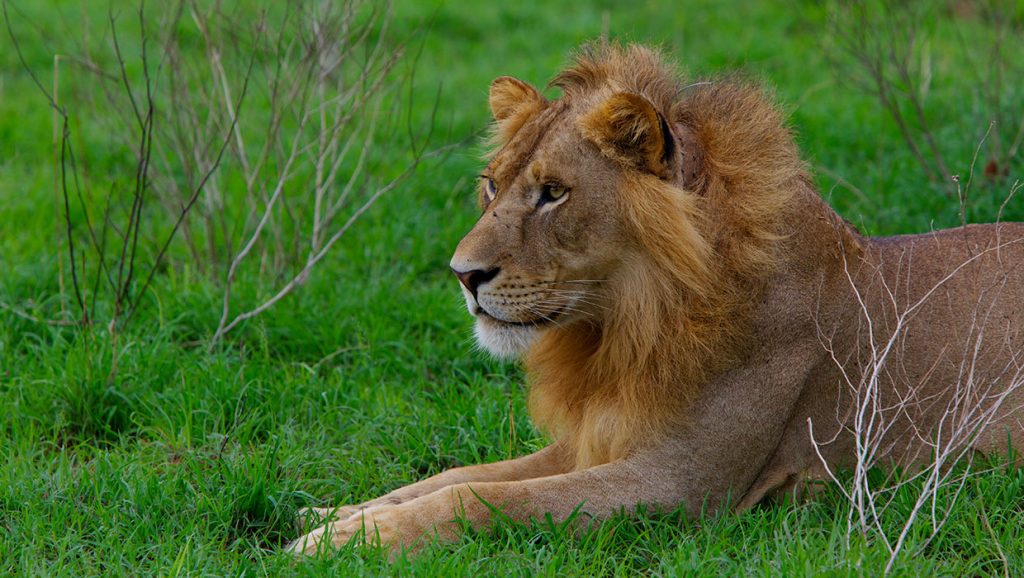
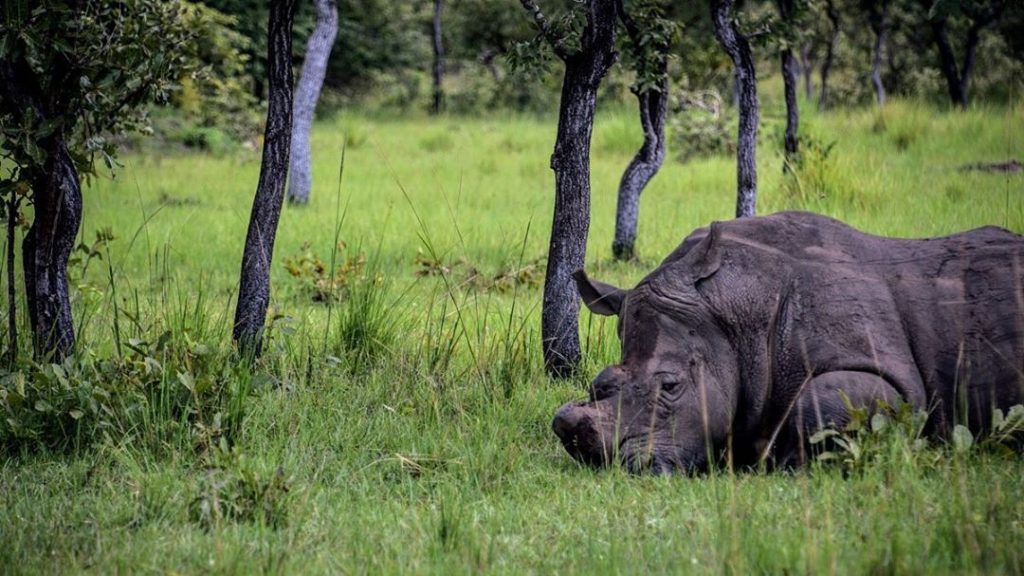
Uganda is home to Africa’s big 5.
Winding roads lead to places of grand beauty and unique cultures for those who dare to explore. There’s a story at every turn, especially from our people, who are renowned for their warmth and charm.
Uganda is a landlocked country in East Africa whose diverse landscape encompasses the snow-capped Rwenzori Mountains and immense Lake Victoria. Its abundant wildlife includes chimpanzees as well as rare birds. Remote Bwindi Impenetrable National Park is a renowned mountain gorilla sanctuary. Murchison Falls National Park in the northwest is known for its 43m-tall waterfall and wildlife such as hippos
A multicultural country in East Africa whose diverse landscape encompasses the snow-capped Rwenzori Mountains and immense Lake Victoria – the principal source of the great River Nile.
Uganda’s most famous cities
It’s without a doubt is Kampala, best known for its night-lifestyle, Jinja the adventure city and Fort Portal the tourism city are the most famous cities in the pearl. If you’re looking forward to turning up, these 3 have got to be on your destination list…
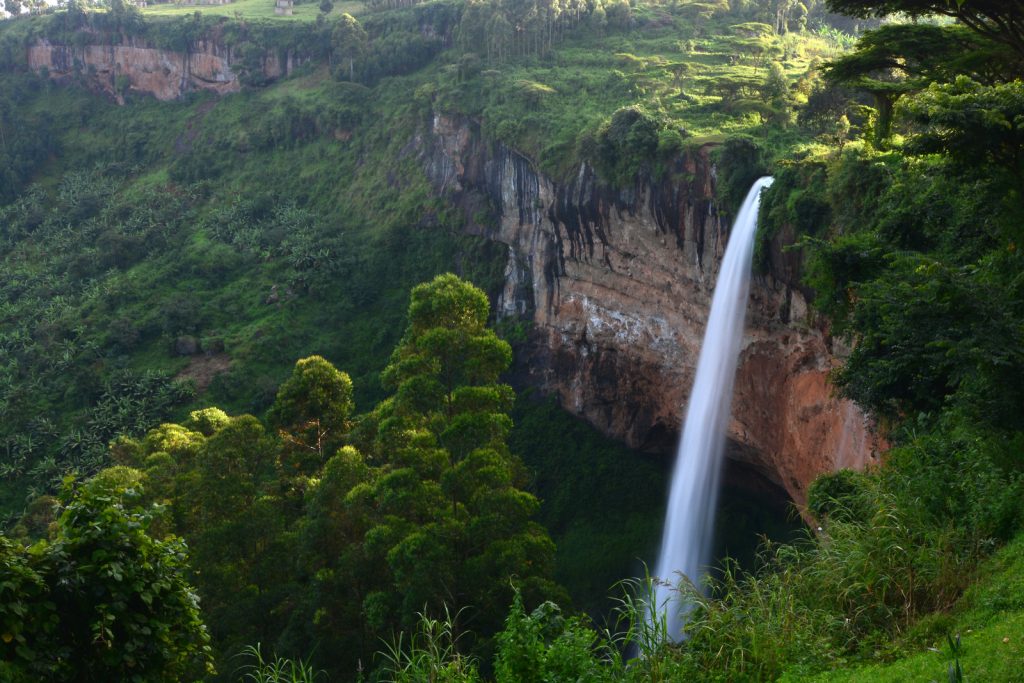
Kampala City
Kampala, the capital city of Uganda is located in the central region on the shores of Lake Victoria. The city has many attractions, destinations and tourists’ activities ranging from events to prime time venues and hotels, that’s why it’s referred to as the East Africa’s happiest city.
The city gets its name From Impala (Aepyceros melampus) a medium-sized African antelope that used to roam the jungles where Kampala seats today. Located just 40 Km from Entebbe International Airport, Kampala will amaze you with its beauty, culture, and hospitality before you venture the rest of the country.
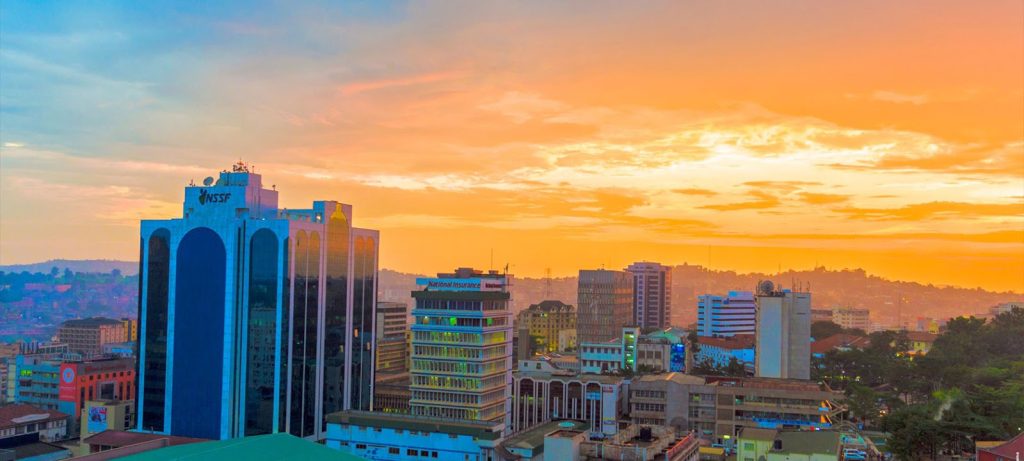
The city boasts of many attractions visitors warmly explore every time they visit Uganda; including the National Museum, the famous Kasubi tombs, Kabaka’s Lake, Bulange Mengo (Parliament to Buganda Kingdom), Kabaka’s palace (Lubiri, Mengo), the Uganda National Cultural Center, various religious centres like Bahai Temple, Kibuli & Gadaffi Mosques, Namirembe Cathedral, Rubaga Catholics Cathedral, Namugongo Martyrs’ Shrine, various shopping malls, night clubs, The parliament, and a number of historical monuments.
Take a walk around Kampala on any given afternoon, and you’d be forgiven for guessing the nightlife is pretty quiet. The laid-back nature of the people might lead you to believe that they all head to bed early, after a cup of hot chocolate and some prime-time TV. The reality couldn’t be more different.
In fact, Kampala’s night scene bangs every night of the week. A young, fun, and friendly crowd keep the wheels turning until sunrise, and the list of bars and clubs is endless, with something for everyone. In fact, the nightlife here has made Kampala somewhat notorious as the party city of the region.
Jinja City
It is one thing to have the source of the longest river in the world at the heart of your city and it is another to know what to do with it. Jinja City manages to do both – and so well, it is dubbed “The Adventure City of East Africa”. Jinja isn’t just an incredible tourist destination though, it is Uganda’s economic heartbeat, anchoring some of Africa’s most humongous dams and housing large industrial parks with close to 100 industries. Uganda isn’t without Jinja. The city somehow manages to put to good use the associated waterfalls and rapids on the Nile and does so with just one goal in mind – to take your breath, literally.
The bridge at Jinja across the Nile connects Uganda to the rest of the world as it links the coastal lands of Kenya to the rest of Africa Located just 80 kilometers from Uganda’s capital, Kampala, here’s a pinch of what Jinja City has to offer.
White water rafting on River Nile: Jinja is home to some of the world’s finest grade 5 white water rafting. Rafting is best done in groups with sessions spanning half or entire days and extending over a distance of 21 kilometers. At its best, rafting on the white-water sections of the Nile will give you the best experience of your whole trip.
Bungee jumping: This 44-meter-high endorphin-gushing experience will have you screaming all your fears out. Travelers have attested that while hanging upside down mid-air, plunging down in this daring free-fall, they lived through the highlight of their entire experience. And in that moment, while the tips of their hairs brushed the surface of the great Nile, they knew they would return.
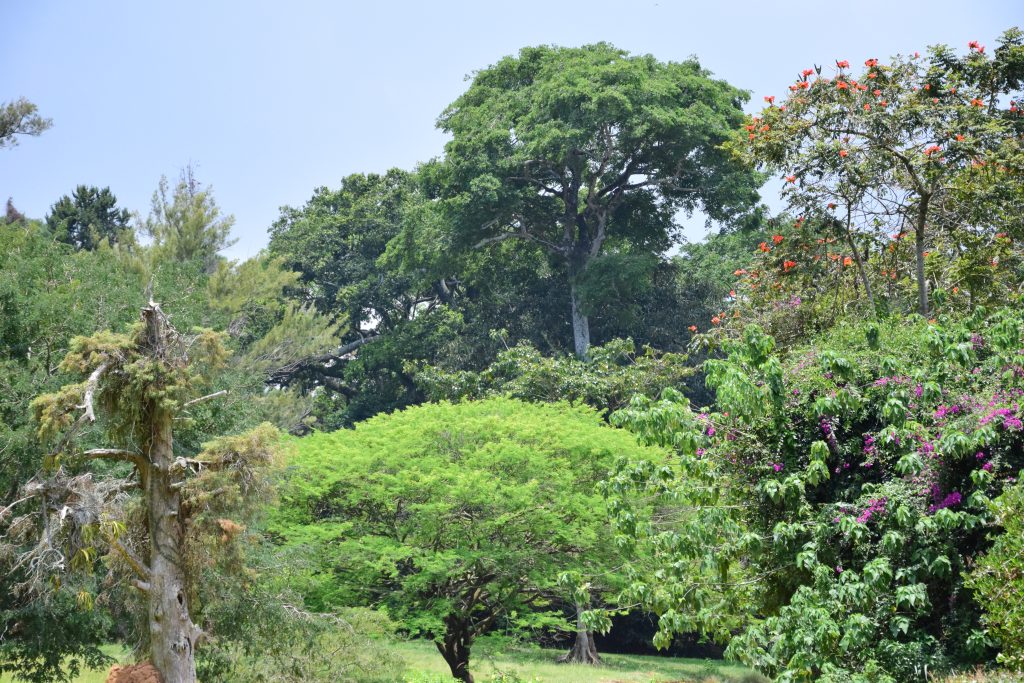


The Source of the Nile: Not many places in Uganda hold as much sentimental value as the source of the world’s longest river before it meanders its way through valleys and gorges to the Mediterranean Sea.
Jinja sunset cruises: There’s a saying; “when the sun is setting, leave whatever you are doing and watch it.” The evenings in Jinja embody exactly that. A typical trip in Jinja will include a boat cruise offering travelers great views for birdwatching and magnificent sceneries. Be sure to catch the golden sunset and its reflection at the water surface when you explore Uganda.
People & Culture
The pearl of Africa has a very strong cultural heritage well-endowed with different cultural and historical sites. With more than 50 different indigenous languages belonging to two distinct linguistic groups, and an equally diverse cultural mosaic of music, art and handicrafts, Uganda is a one stop center for a rich African cultural experience, ranging from Bantu in the Central, West, South-west, and East, to Nilotic groups of people in the North, North-East and North-West.
Ugandans are remarkably hospitable and hail from a diversity of rich cultures and lifestyles with each tribe having its own distinct cultural values that describe who they are. All these values are based on tribal traditional activities from all spheres of life, including, food and welfare, traditional dances, clothing, and organization of societies. Many regions in Uganda have kingdoms, including Buganda, Busoga, Bunyoro and Toro. Other regions still value their heritage of chiefdoms which is traceable and equally treasured.
Long-horned Ankole cows, a treasured domestic animal in many tribes from the western part of Uganda. The western region is also rich in culture, consisting of; Bakonjo/Bamba, Batooro, Banyoro, Banyankore, Bakiga, Bafumbira, Batwa and Bachwezi among others, who are well recognized for their wealthy culture connected with their strong link and love for their long horned cows – thought to have originated from the former rulers of the mighty Bunyoro-Kitara Empire called the Bachwezi – demi-god people who introduced the centralized system of governance and led to the birth of the inter-lacustrine kingdoms that occupy the area between Lakes Kyoga in Central Uganda and Lake Tanganyika in Tanzania.
Currently, the dominant kingdoms in western Uganda include, Tooro and Bunyoro, and the famous Batwa community.
The central region is dominated by the Baganda, a tribe belonging to the Bantu group, forming the Buganda Kingdom with over 17% of the total population of the country.



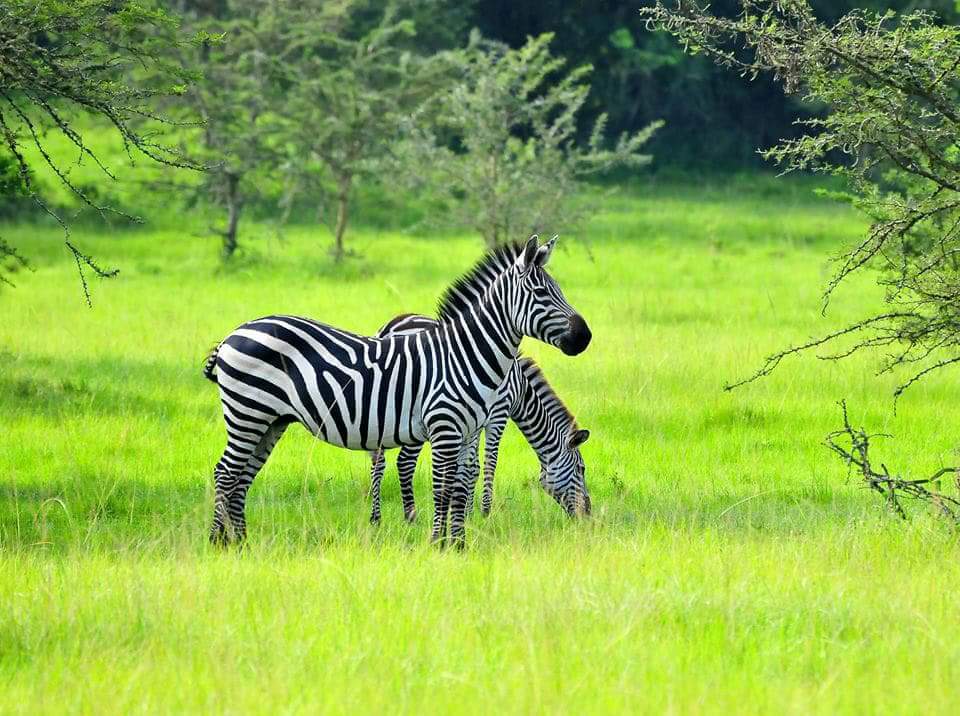
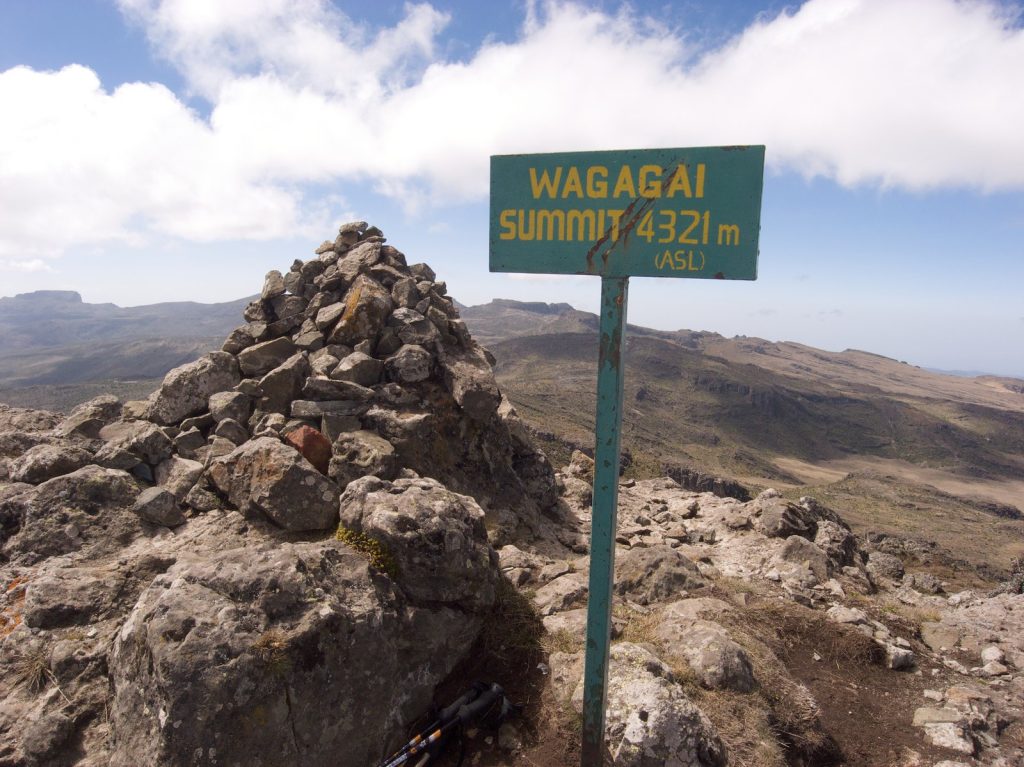
The Buganda monarchy presents one of the best documentations of kingship in Uganda, with its highest leader locally known as the Kabaka (King).
The current King of Buganda, His Majesty Ronald Muwenda Mutebi II was crowned the 36th Kabaka of Buganda in July 1993 after his father Sir Edward Muteesa II.
Buganda is renowned for the distinct ceremonial occasions organized for observance, commemoration, inauguration, initiation, remembrance or fulfillment of cultural rituals and norms. Some of the common (highly recognized) ceremonies in Buganda include the initiation of twins (okwalula abalongo), the introduction (okwanjula) and last funeral rite (okwabya olumbe).
Cultural Performances
Music, dance, and drama are vibrant cultural traditions throughout Uganda. Through engaging performances, Ugandans outfitted in colourful clothing, grass skirts, animal skins, and even masks tell their stories of courtship and romance, spiritual beliefs, and joyful celebration. Songs and dances are accompanied by traditional music and instruments such as ndaras, wooden xylophones played by up to four musicians at a time; hand carved flutes called envamulres; and string instruments called adungus. Dances are performed by all ages, and even the less able are encouraged to join in with the aid of wooden puppets.
Each region has its own style of music and dance – from the rhythmic shuffles of the Batoro in the Rwenzoris to the incredible leaps of the Bakiga people of southwest Uganda. Many lodges and attractions throughout Uganda incorporate on-site cultural performances into their experience, and visitors can feel good knowing that they are supporting local families, villages, and educational institutions through their participation.
Journey Through Uganda portrays the culture, landscape, fauna, flora, and history of this fascinating country with beautiful photographs and compelling text.
Uganda is one of the most beautiful countries in Africa. With its dense misty forests, snow-peaked mountains, glassy lakes, and sprawling savannas, it’s no wonder Winston Churchill dubbed this wonderful country the ‘pearl of Africa’. While mountain gorillas are the allure for many visitors, there’s an astounding variety of attractions for tourists. A land that’s painted in 1,001 shades of green with fantastic natural scenery.


Source- Joseph Kafunda., Tourist Guide operating in Namibia and Southern Africa




